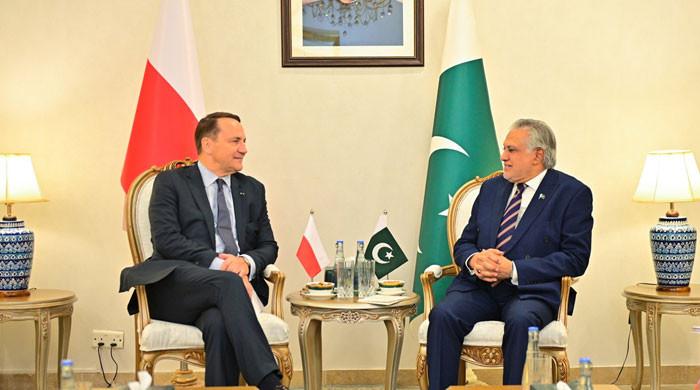Coronavirus positivity ratio registers 'slight' increase in Pakistan
Policymakers have started working on a policy to control the second wave of coronavirus in Pakistan
October 08, 2020

ISLAMABAD: The National Command and Operations Centre (NCOC) on Thursday reported that there has been an increase in the COVID-19 positivity ratio across Pakistan, which is causing policymakers quite a lot of concern.
In an update shared with the media after the meeting, the NCOC said a detailed review of the emerging coronavirus situation in the country was undertaken by the forum after the opening up of various sectors of the economy.
“The forum was apprised that there has been a slight increase in the positivity ratio and the number of cases across Pakistan, though the overall situation remains stable,” a statement issued after the meeting read.
Read more: All you need to know about the coronavirus vaccine race
During the meeting, Federal Minister for Planning Asad Umer emphasised that public safety is of the utmost importance and the success of national anti-virus efforts so far should not be allowed to go waste.
After the discussion, the NCOC decided to review the present situation at length and formulate a comprehensive response to check any possible resurgence of COVID-19 to ensure public health and safety.
Health experts also briefed the participants on the pattern and prevalence of a possible second wave in the world, and particularly in the region.
The participants were informed that there has been a marked decline in following health guidelines on wearing of masks, social distancing and 'no mask no service' protocols.
“Shaking hands has become a routine in total disregard to public safety and health,” the statement noted.
The statement further said that social events and large public gatherings, particularly in restaurants and marriage halls, have been identified as higher risk activities where guidelines are not being followed as directed by health experts.











